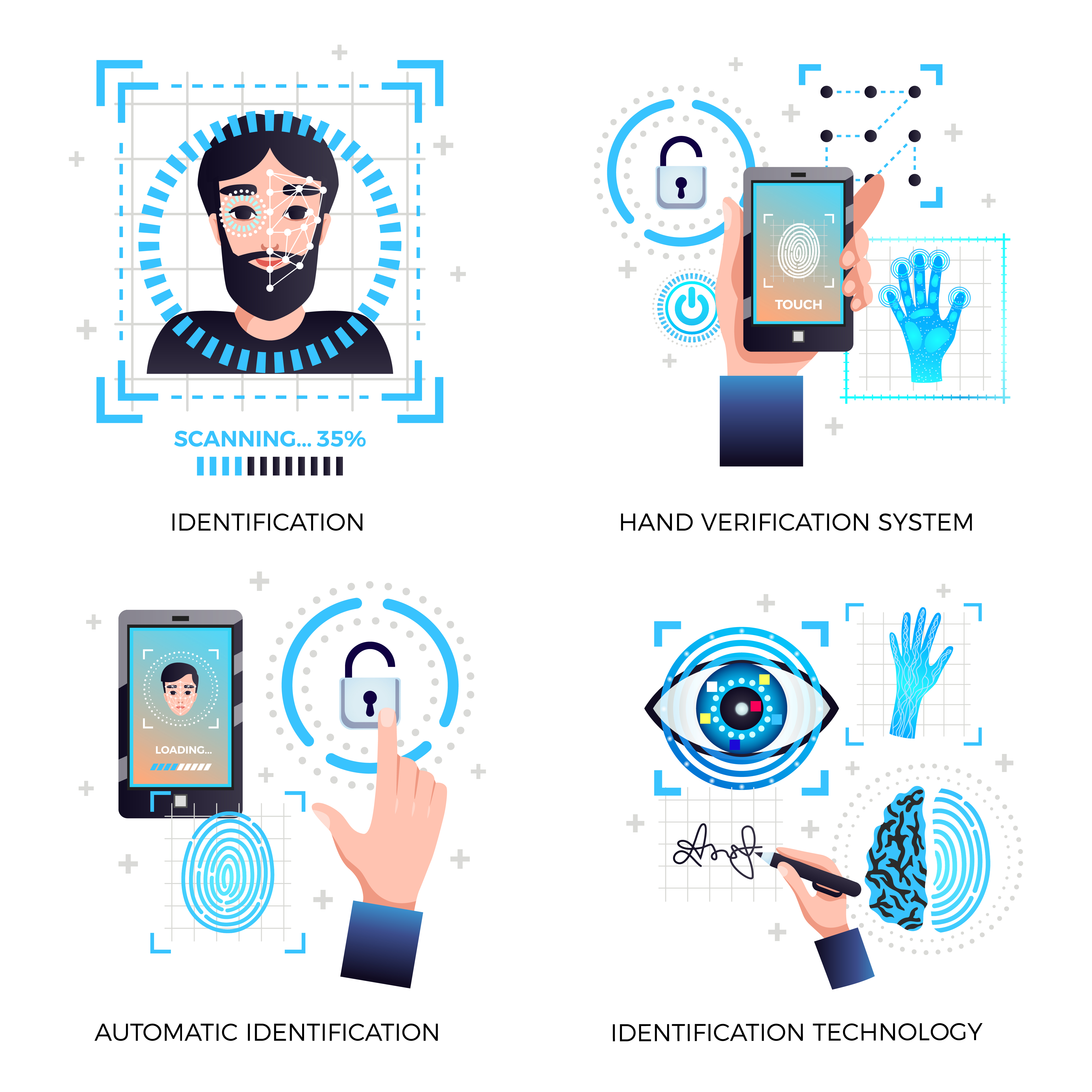What is the difference between automated and live proctoring
The rise of remote assessments offered a potential solution to traditional proctoring challenges. However, the assumption that online exams eliminated cheating proved to be overly optimistic. Credible industry reports, in fact, suggested a concerning persistence of dishonest practices in this new testing environment. A HirePro report on fraudulent practices by candidates during job assessments in India found that “cheating grew by 80 per cent without proctoring.”
However, the bright spot in the report was the finding that proctoring through a combination of audio, video and image technologies detected 98 per cent of instances of cheating. So, online proctoring works!
What is online proctoring?
Online proctoring helps safeguard integrity during online, academic, job or professional evaluations. Simply put, it is online invigilation with some great advantages.
Advantages of online proctoring
Here are some of the top advantages that make online proctoring popular.
Managing scale and schedule: Online proctoring makes it easy to manage scale and schedule tests. It eliminates the need for the physical presence of a proctor or makes it easier for the online proctors to manage, as the case may be.
Accessibility: An online hiring process is a huge factor in attracting talent. People can participate from anywhere, anytime, through any device, widening the reach of the talent pool when hiring. Additionally, advanced technologies enable customisation to accommodate accessibility for differently-abled people.
Convenience: Online proctoring eliminates travel for test takers and invigilators; it also facilitates easy scheduling of exams.
Integrity: Integrity is an uncompromising aspect of exams. However, ensuring integrity is quite challenging, especially in high-volume hiring. With in-built fraud-proof features, online proctoring assures hiring integrity.
Now, let’s look at the different kinds of online proctoring.
Types of proctoring and how they differ
Live proctoring
In live online proctoring, a human monitors the test, as is done for offline exams. The only difference is that the monitoring happens remotely. A person is designated to monitor the exam session and flag any issues that may occur, as they happen. If required, the proctors can pause or shut down the tests for any candidate. In this mode, the proctors can authenticate the candidates.
However, the efficiency may vary as humans are involved, especially at scale during long-duration exams. One can record these sessions to be reviewed later in case of any issues but it adds to the effort. Setting it up can be expensive. Besides, one cannot rule out technical snags.
Additionally, scheduling proctors can prove challenging. There need to be backups kept in readiness for unforeseen emergencies. For candidates, knowing someone is looking over them constantly as they take the exams can cause anxiety and impact their performance.
Automated proctoring
While executing campus or high-volume hiring drives, it may be best to opt for automated proctoring.

In automated proctoring, AI takes over the proctoring and eliminates the need for human intervention. Some of the advanced technologies used in automated proctoring include:
ID detection: Uses face or other ID detection technologies to verify the ID of the test taker
Audio and video monitoring: Helps monitor the environment and behaviours of the candidates, such as using cell phones, and helps record sessions
Browser monitoring: Monitors candidates’ browser for any violations like switching tabs, moving out of the test window, launching other tabs, etc. You can also secure browsers to disable shortcuts and copy-paste operations, prevent screen sharing, etc.
Automated proctoring is easy to scale and less expensive than other modes, has traceability intact for audit trails, comes with AI-backed customisable reports and insights and gives instant results. It is more effective than live proctoring. Also, the proctoring is invisible, relieving candidates from the pressure of being watched.
However, it lacks the intelligence to manage scenarios like false positives, privacy, data security, etc. For example, if a person is reading a question aloud to himself or herself, it can trigger an alert. Even technical glitches, Internet or power outages can raise alarms.
Thus, there are cons that one must address in both live and automated proctoring.
Overcoming the online proctoring cons
The best solution is a hybrid approach that combines the best of both worlds. Use customised automated proctoring that involves humans to address the cons. Also, implement new-age assessment techniques like randomised questions or adaptive testing to eliminate cheating during live proctoring. Use multimodal questions involving real-life scenarios to ensure unique answers.
The HirePro report proposes the following tips to ensure assessment integrity:
- Select a credible online proctoring tool that guarantees holistic monitoring using audio, video and image technologies.
- Before rolling out offers, incorporate AI-assisted human intervention to rule out any issues.
With this approach, one can fully leverage the potential of online proctoring.